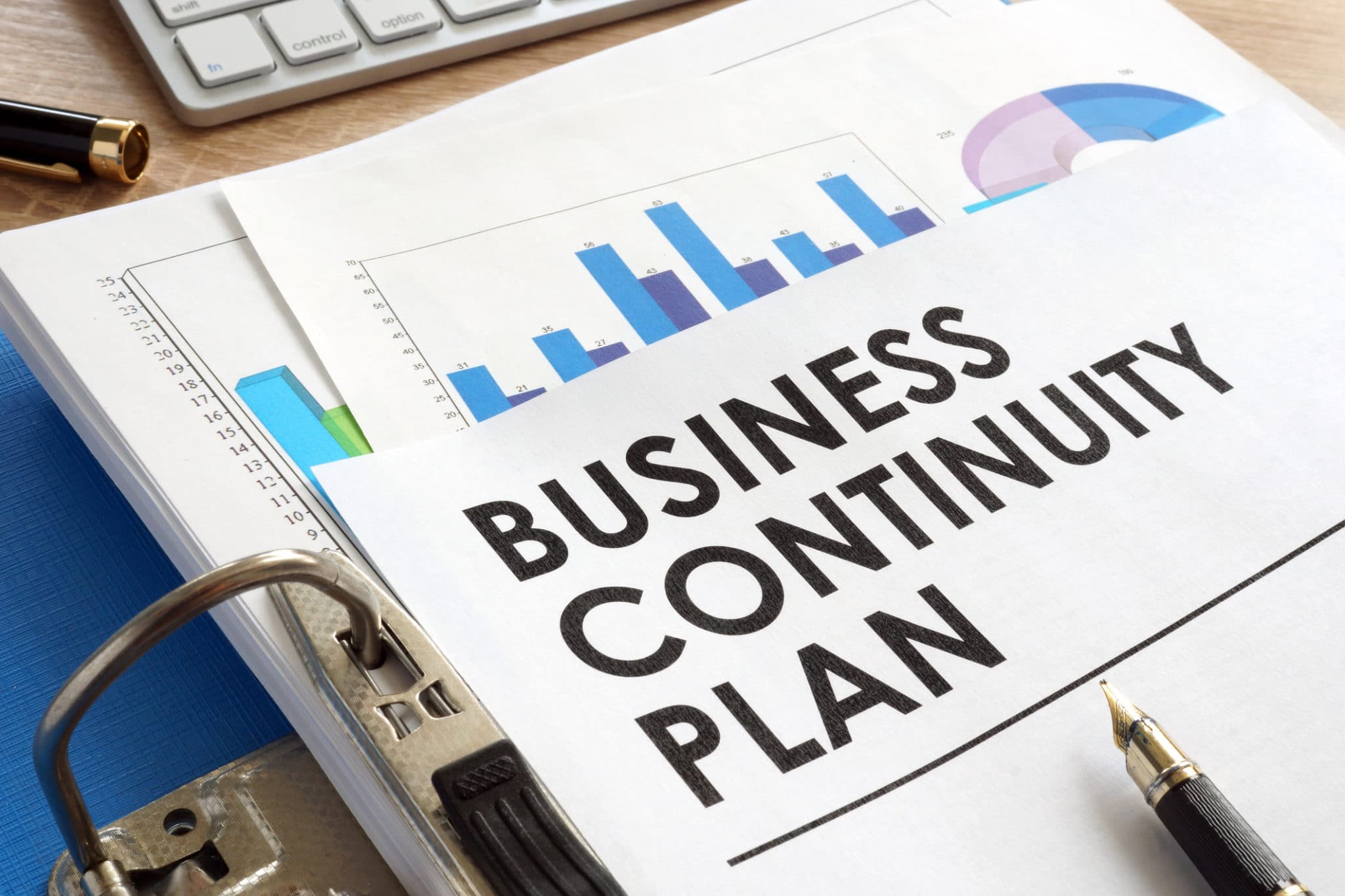-
Connect With Your Ottawa IT Service Company at (613) 828-1384
Connect With Your Ottawa IT Service Company at (613) 828-1384

Creating a business continuity plan is one of the most important things a company can do.
Business continuity ensures that your business is back up and running after a critical disruption, such as a natural disaster or cyberattack.
What Is Business Continuity?
Business continuity is a big-picture approach that ensures normal business operations are continued during an emergency. It’s designed to identify and mitigate risks, assign roles and provide clear communication to key parties.
Why Is Business Continuity Important?
Business continuity allows your business to keep running during or soon after a crisis. Not having a business continuity plan carries great risks, including:
Creating a business continuity plan helps you maintain control and calm in what may otherwise be a chaotic environment.
What Are the Components of a Business Continuity Plan?
There are several core components of a business continuity plan:
Each of these steps helps to create a broader understanding of both the threats and how the company addresses them should they materialize.
How Do You Build a Continuity Team?
Business continuity needs to begin at the highest leadership levels and buy-in needs to be built at every level. Every department or business unit should be involved in order to provide perspective on what’s most important and critical across the company.
The team should comprise members who have a deep understanding of how the business works, make good decisions and communicate clearly. This team may be different from a disaster recovery team, which focuses on remediation — dealing with an emergency when it materializes.
How Does Data Fit In?
Understand your data is crucial, especially when risks and solutions become clearer. It’s important to understand what data your company has, especially information that is personal or proprietary.
Your company needs to understand how the data is collected and formatted, where it’s stored, who has access and how it’s accessed.
How Do We Identify Risks?
Risks can take on many forms, some of which are more severe than others. While most people consider natural disasters and cyberattacks as the most common threats, there are other risks that present a threat to the enterprise. Some of these other risks need to be addressed immediately, just like a fire or ransomware attack.
It’s worth repeating that business continuity is about keeping the business operational while the threat is being addressed. These risks include:
The assessment phase requires identifying the risks and ranking them. Companies should determine the following for each risk:
Some models define risk as the product of the two (Risk = Likelihood x Impact).
How Are Risks Prioritized?
Once the risks are identified, they need to be prioritized. The most urgent risks should be given the highest priority. One way to think about risk is to consider the services that are most essential to your business viability. Is it the production of goods or services that your customers depend on? What about processes that need to be carried out for regulatory compliance?
Part of this assessment should include the impact of incidents on your most important customers. How likely are they to leave? What do they need that you provide to them?
Next, your teams need to create solutions to the most urgent risks. These may involve recovering key data and restoring online access to applications. They may require new IT solutions that strengthen network protection and monitor activity.
The identified solutions need to be priced before the company chooses which risk mitigation work should be financed first. Cost and feasibility may require a reprioritization of the risks.
When Do We Create Policy and Processes?
An important component of business continuity is developing the governance policies around governance during and after an emergency, how communications flow and from whom, and what systems are prioritized. The processes detail roles and actions to take at each phase of disaster recovery.
Once these documents are created, it’s important to share them and educate employees about what they mean. Understanding these processes before an incident occurs helps employees to react more effectively.
How Do You Know If Your Plan Works?
Testing is an important part of business continuity. Simulated drills can identify how employees perform, how effective the plan is and what needs to be changed. The value of a business continuity plan comes from continual reassessment, reprioritization, retesting and revising.
Disasters and incidents can derail companies in many ways. Business continuity planning helps minimize those impacts on your company and keeps you running during and after an emergency. To learn more about business continuity planning, download this free template.